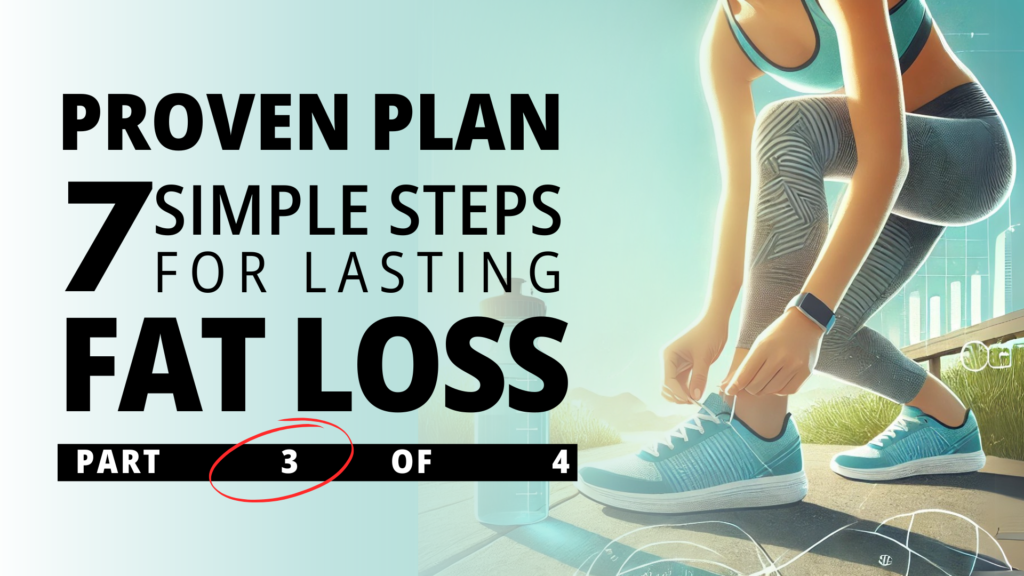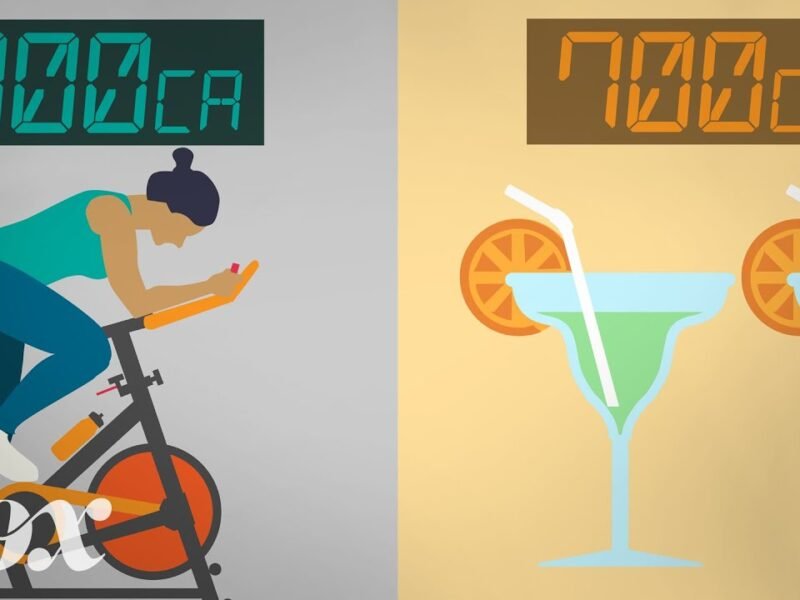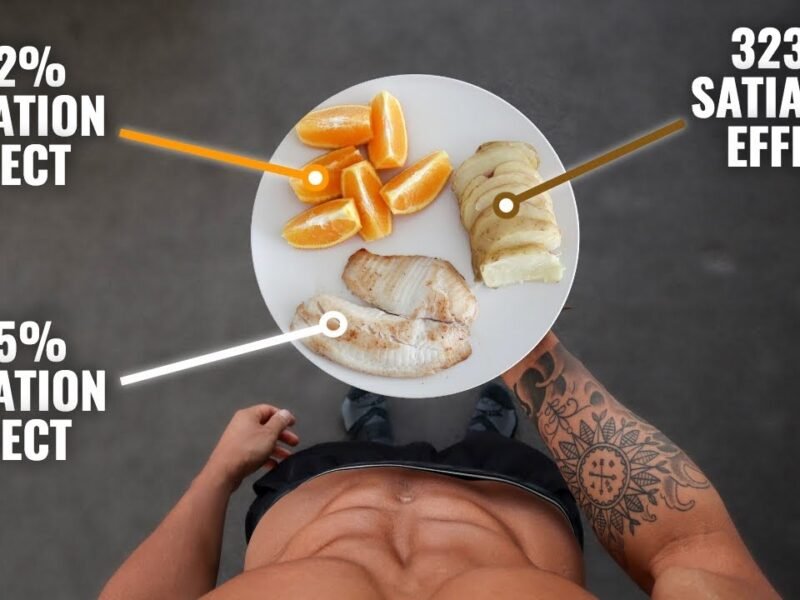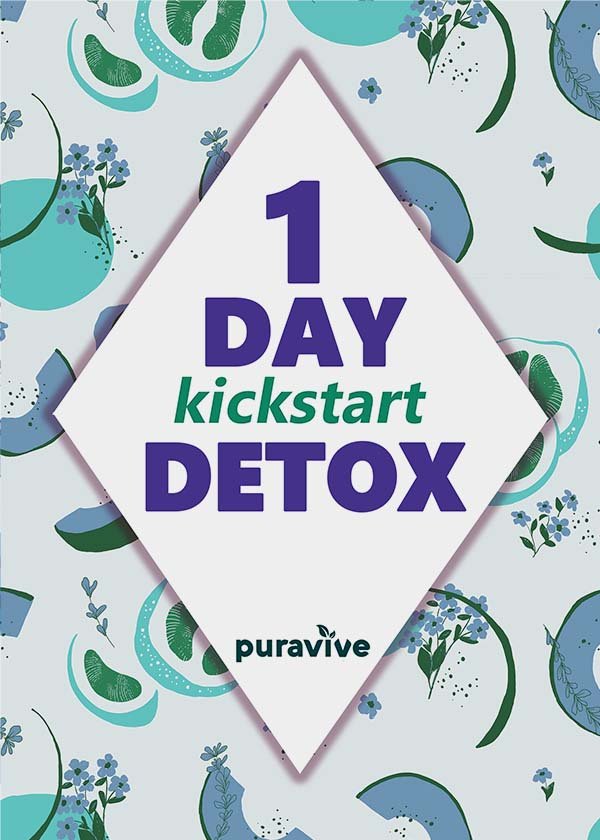Master Lifestyle Optimization: 7 Proven Steps for Lasting Fat Loss (Part 3 of 4)

Fat Loss: Lifestyle Optimization (Part 3 of 4)
Once you’ve restored your metabolism and built a solid foundation, the next phase in your fat loss journey is lifestyle optimization. Unlike most diet plans that stop after calorie restriction, SlimScienceTV emphasizes creating habits that fit seamlessly into your life for long-term success. This step is all about consistency, gradual changes, and building an intuitive relationship with food, activity, and recovery.
The Importance of Lifestyle Optimization
Too often, people dive into diets without planning for sustainability. They lose weight but eventually find themselves asking, “What now?” Lifestyle optimization flips this cycle on its head, ensuring that your fat loss journey doesn’t just end with the scale—it transforms into a healthier, happier way of life. Below, we outline 7 actionable steps to help you optimize your lifestyle and sustain fat loss results.
1. Focus on Recovery
Your body cannot perform at its best without proper recovery. This includes managing stress, getting 7-8 hours of quality sleep, and engaging in restorative activities like yoga, walking, or meditation. Chronic stress and lack of sleep elevate cortisol, a hormone that can interfere with fat loss. Reduce caffeine if you’re consuming more than 2-3 cups daily, as it can also increase cortisol levels.
2. Plan Your Meals Ahead
Meal planning is critical for staying on track. Spend time each week planning your meals and snacks, or meal prep in bulk for convenience. Cook a large batch of your favorite protein source to have healthy options available throughout the week. Use calorie-tracking apps to ensure your unplanned snacks fit into your nutritional goals, so you’re never left without a plan.
3. Know Your Portion Sizes
Learning to estimate portion sizes can eliminate the need for long-term tracking. Practice by weighing foods like proteins, carbs, and snacks, then guess their size before measuring. Developing an eye for portions helps you stay consistent without feeling restricted.
4. Remove Temptations
Keep your home free of processed, high-calorie foods that you tend to overeat. This doesn’t mean you can never enjoy your favorite treats; instead, purchase single servings occasionally and savor them. The key is making your environment supportive of your goals.
5. Stay Hydrated
Water is essential for fat loss, joint health, skin elasticity, and overall well-being. Aim for half your body weight in ounces, plus 15 ounces daily. For example, a 150-pound person should drink around 90 ounces of water. If plain water feels monotonous, try unsweetened herbal teas or infused water to stay hydrated and satisfied.
6. Make Activity a Daily Habit
Incorporate movement into your routine in ways you enjoy. A 10-minute walk after meals, weekend hikes, or regular gym sessions can create a snowball effect, leading to more activity over time. Start small and add activities gradually to avoid burnout.
7. Gradually Increase Calories
Once your metabolism stabilizes, don’t fear eating more! Gradually increase your calorie intake by 5-10% each week while monitoring your weight. If you notice unwanted gains, adjust accordingly. This step prepares your body for the next phase: Fat Loss Acceleration.
Why Lifestyle Optimization Works
Unlike traditional dieting, which often feels restrictive and unsustainable, lifestyle optimization builds habits that become second nature. These habits allow you to maintain your progress without constant effort. You’ll feel more energized, confident, and in control of your journey.
Next Steps
Spend at least six weeks integrating these tips before moving on to Part 4: Fat Loss Acceleration. Remember, it’s not about perfection—it’s about progress. With consistency, these strategies will become part of your everyday life.
Stay tuned for the final blog in this series, and don’t forget to follow us on SlimScienceTV for more tips, strategies, and success stories.




















